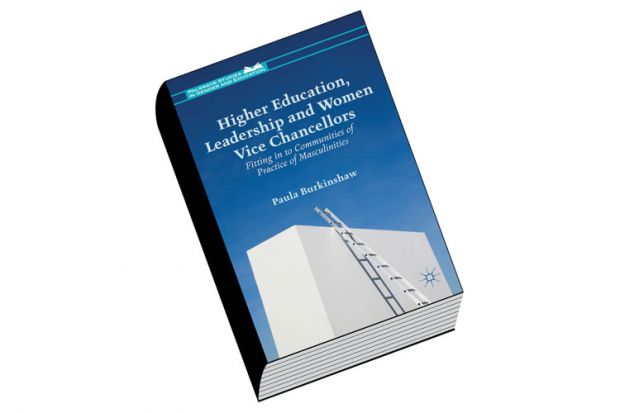I was brought up among teachers, of various subjects and institutions. Among the views these excellent people voiced most frequently were those relating to what made a good headteacher or principal. There seemed to be two particular characteristics involved. The first was that the person must be able to evoke the loyalty and the affection of support staff. The second was that “they” must never be in the job for any reason other than that of dedication to the institution. The pursuit of money, honours or general self-aggrandisement were unacceptable, and denounced as the most transparent of motives.
These views were voiced four decades ago, when the world of teaching (in which I include universities) was in many ways different from the one Paula Burkinshaw writes about, not least in the various forms of competition that have been introduced to all sectors of education. In this frenzy of competition, inclusion and exclusion, university leaders are now compelled to engage, although it is heartening that Burkinshaw cites research indicating that vice-chancellors are also motivated “by social justice and quality rationales in their ambitions for gender equality”.
Despite these worthy sentiments, in 2011 when Burkinshaw conducted her detailed and careful research, only 13 per cent of the UK’s vice-chancellors were women, largely in institutions outside the Russell Group. Her explanation for this state of affairs is partly revealed in the subtitle of her book. But while I entirely hold to the idea that all institutions should be run and led by people who represent the people for whom those institutions exist, I am less convinced that the best way to achieve equal representation of women and men in university hierarchies is to introduce the measures the author advocates.
Among Burkinshaw’s proposals are “women-only leadership education policy and practice” and the adoption of sector-wide “gender mainstreaming policy and gender analysis practice”. Yes, we should make public the evidence that Burkinshaw cites (including excellent research by Louise Morley) that points to various powerful forms of discrimination against women. While there is no justification for refusing individual women a place at the top table of higher education – only the explanation that no one gives up power voluntarily – a large part of the reason for exclusionary practices surely lies in rigid assumptions about individuals’ capacity for an increasingly fetishised form of “leadership” that often endorses the very circumstances that create gender inequality.
It works like this: candidates are interviewed for the position of vice-chancellor. Men and women are unlikely to be equally represented on interviewing boards and great stress will probably be put on raising both the portfolio and the profile of the university. The committee will see these abilities through perceptions that are already gendered before the candidates even get in the room: men “do” money, men lead. What confronts individual women are dominant social perceptions not just about gender but also about contemporary expectations of a vice-chancellor, and these expectations may not include the recognition of the various ways that women in higher education are marginalised. If we add older expectations about gravitas and auctoritas to more contemporary ones, we find a toxic culture that refuses to recognise systematic gender discrimination while endorsing many of the conditions (such as short-term contracts and increasing workloads) that support it. The concern for “social justice” that Burkinshaw records should apply to the most junior as well as to the most senior members of the community.
In this, Burkinshaw’s assumption that women would benefit from “leadership” education seems doubly problematic because first, it implicitly suggests taking for granted some of the values and practices – largely operated by men – that in themselves maintain and further various forms of social inequality, including those of gender. Second, it expects the excluded rather than those who exclude to do the work. I would argue that not only should any kind of discrimination in appointments be recognised and rejected but so, too, must be the equally pernicious form of discrimination involved in “leadership” that requires the embrace of marketised higher education. This institutional form does not always respect or safeguard the interests of many within it, and its rise is likely to decrease the extent to which there exists any real practice or understanding of the idea of representative governance. Gender discrimination matters, but so do wider discussions about the role of and the ways of appointing vice-chancellors.
Mary Evans is centennial professor in the Gender Institute, London School of Economics.
Higher Education, Leadership and Women Vice Chancellors: Fitting in to Communities of Practice of Masculinities
By Paula Burkinshaw
Palgrave Macmillan, 176pp, £60.00
ISBN 9781137444035 and 4059 (e-book)
Published 26 June 2015




